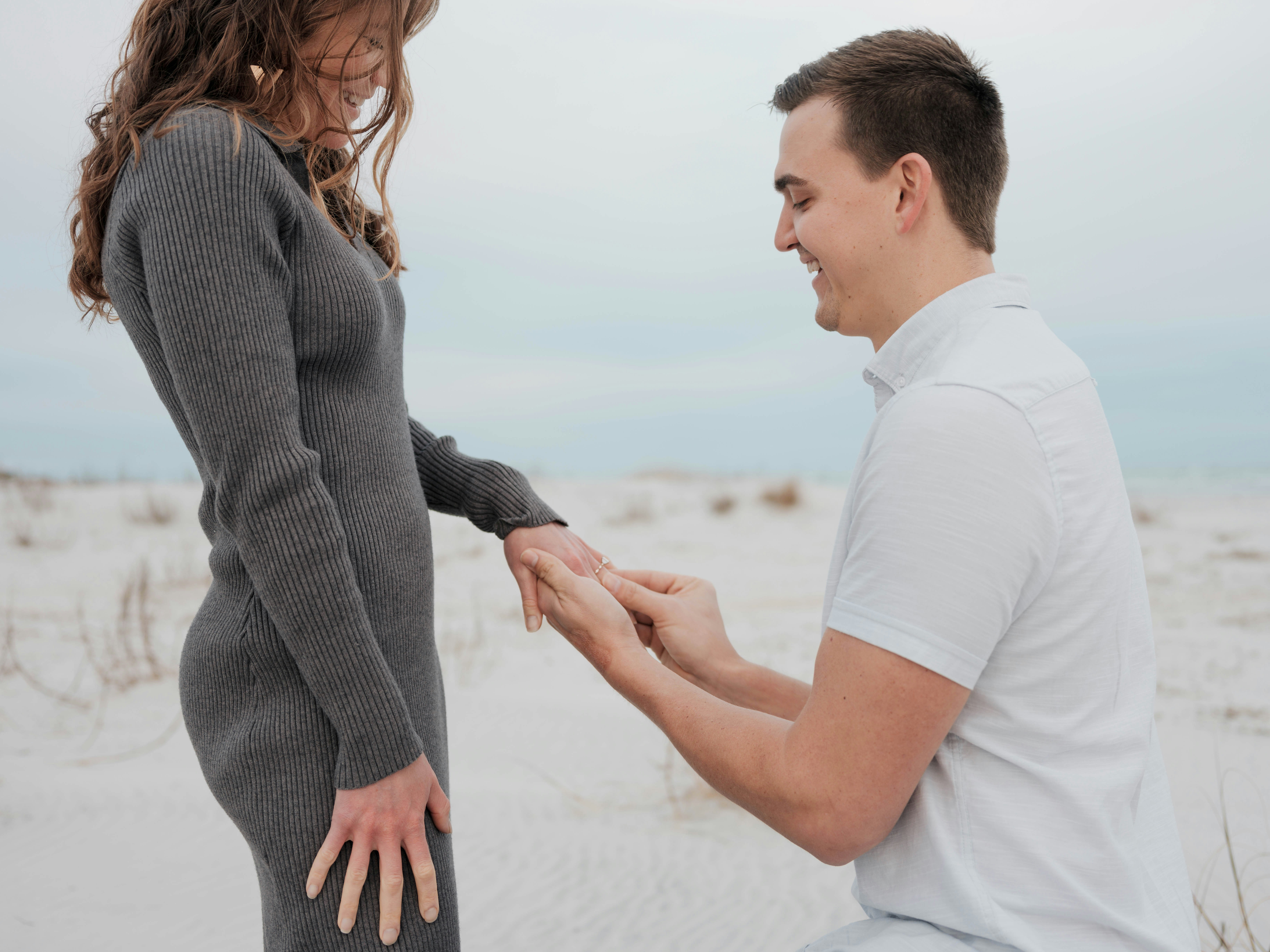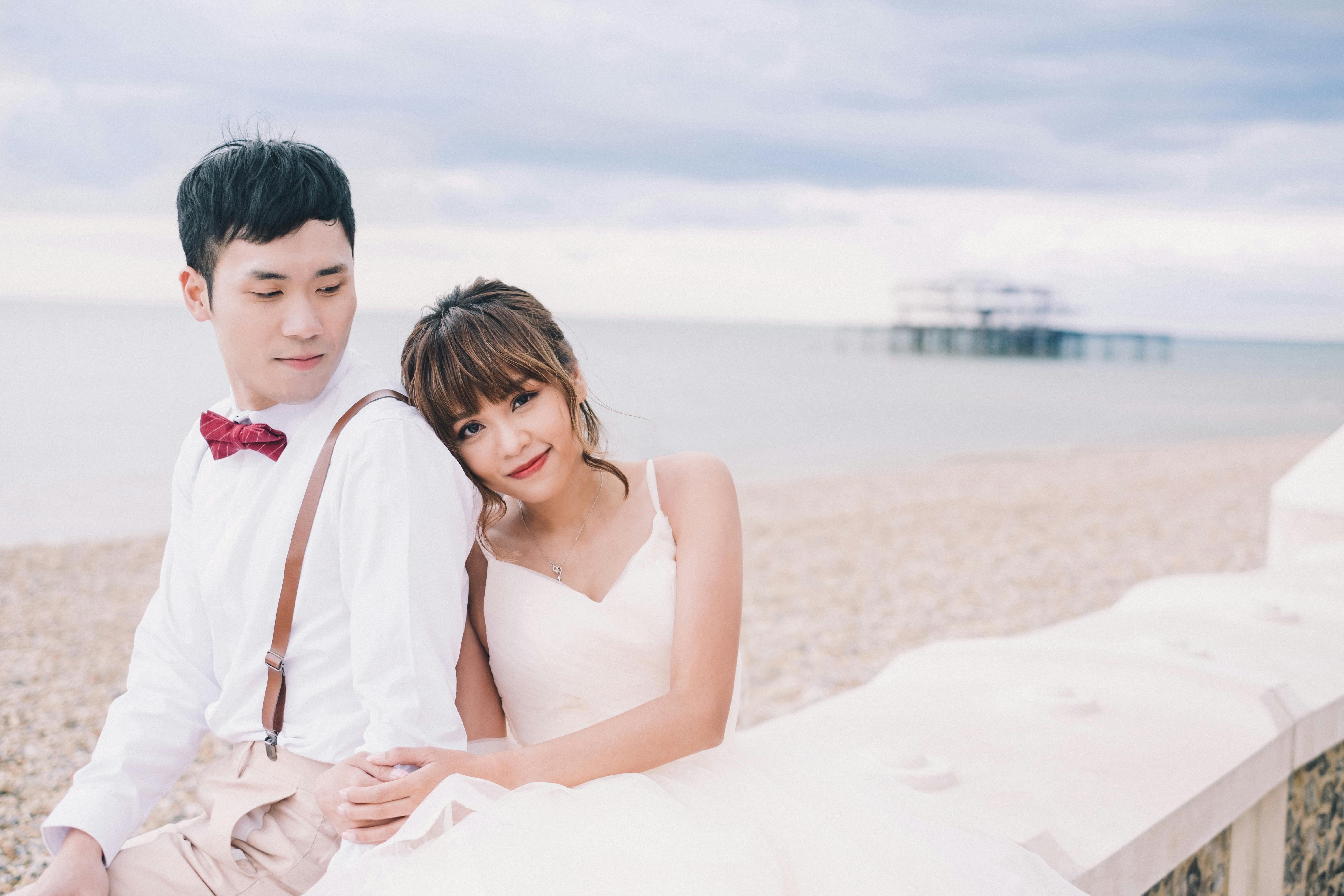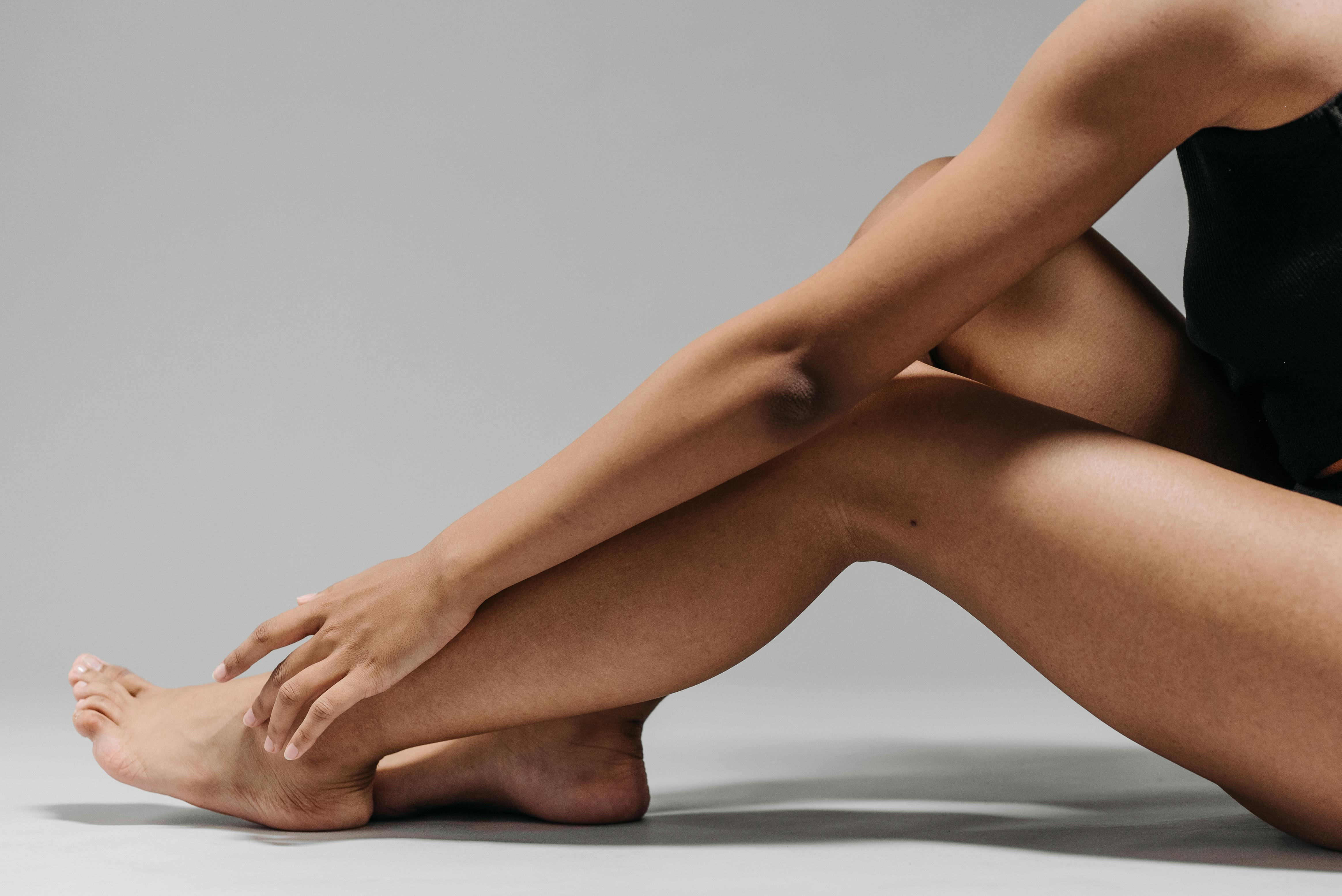Wedding Flower Costs: What to Expect and How to Save in 2025
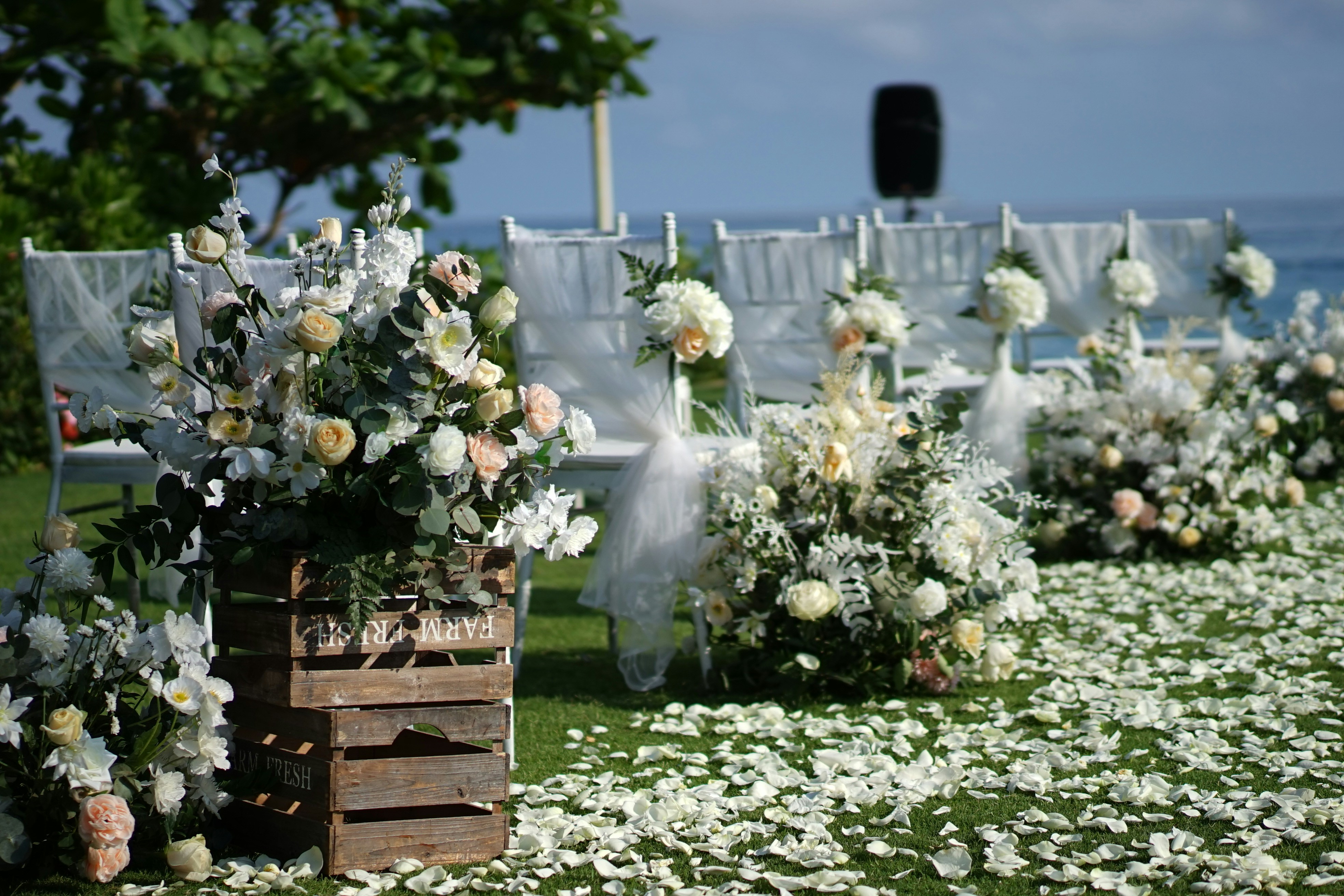
Flowers are at the heart of almost all wedding decorations. From colorful wildflowers to neat, minimal white baby’s breath, your flowers help to establish the vibe of your celebration. From ceremony arches to reception centerpieces, flowers have the potential to add both ambiance and style — and, they account for a large chunk of your total wedding budget, too.
And even if you decide to forego those dramatic floral installations and the grand suspended arrangements, your wedding flowers are likely going to be a significant spend. Floral expenses can quickly inflate as sturdy high-quality blooms or stems require delicate handling and a lot of labor to prepare, which would usually be bought in bulk. Some typical floral needs are more personal, for bride, groom and bridal party, others are for ceremony and reception spaces – from the altar to wedding cake.
Before nailing down your floral plan, however, it’s essential to establish your overall wedding budget and what you’re comfortable setting aside for flowers. Having that clear financial boundary from the beginning forces you to prioritize and grow the lazy way.
Curious how floral costs tend to shake out in the U.S.? Below, average price ranges and smart strategies to keep your floral costs under control—and keep them looking beautiful.
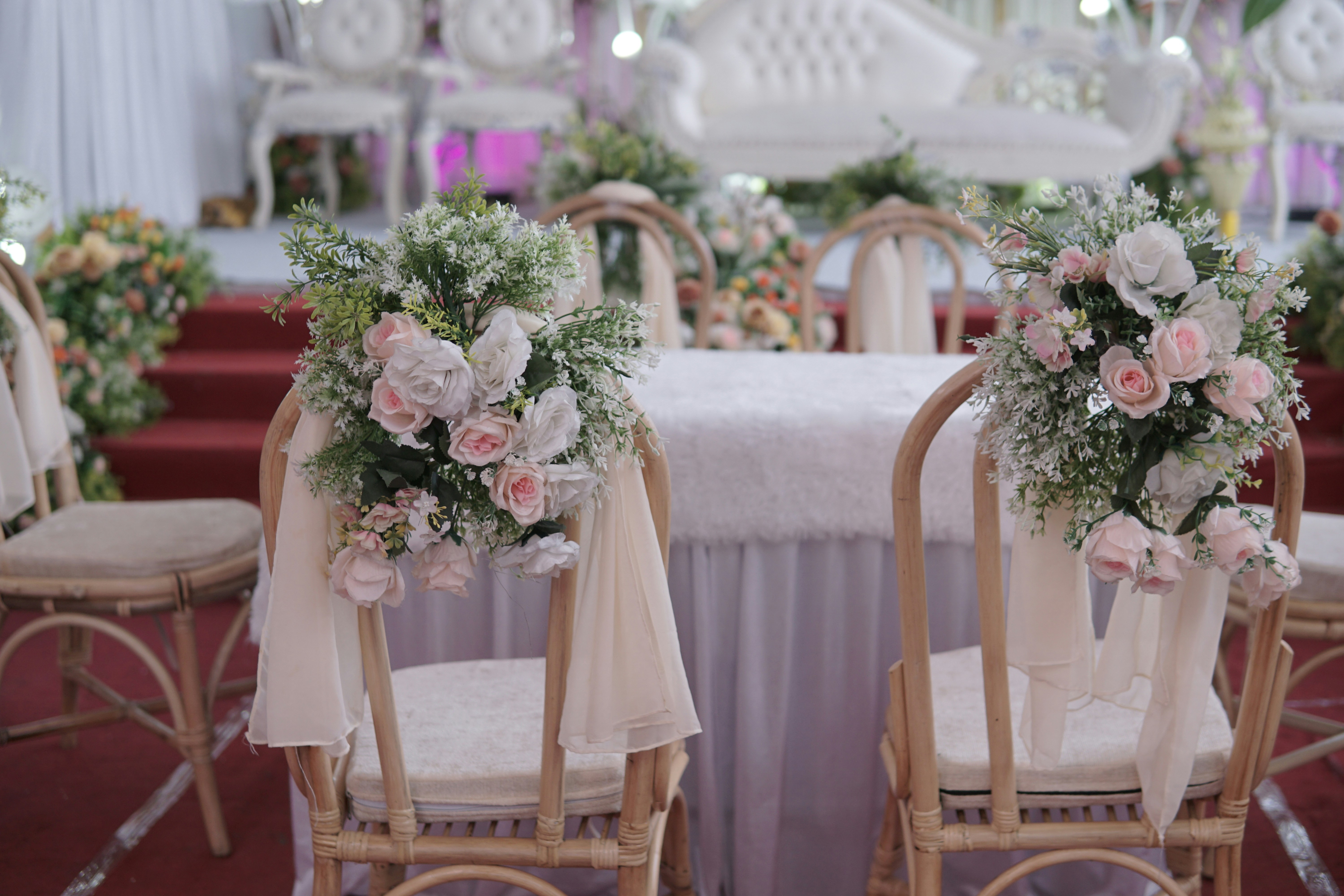
Typical cost of wedding flowers in the U.S.
The event vendor directory WedStyle Market says U.S. couples spend $2,200 on average for wedding flowers, but totals tend to range anywhere from $500 to $3,500. The average couple spends between 8 and 10 percent of their total wedding budget on flowers.
Here, wedding planner Lena Corwin of Bluebell & Ash Events shares a general cost range for popular floral components:
- Bridal bouquet: $250
- Bridesmaid bouquet: $80
- Boutonnière: $20
- Pin-on corsage: $25
- Wrist corsage: $30
- Reception centerpieces $120 to $600
- Flower girl petals: $25
- The cost of the ceremony installations: $1,500-$4,000
- Table flowers for place card/guest book table: $200
- Head table florals: $1,500
- Sweetheart table décor: $500
- Cake flowers: $150
- Flower crown: $100
What Factors Affect The Cost Of Wedding Flowers?
The total of your wedding florals is made up of many factors. Your geography, the price scale of your florist and the scale of your event all factor in. For instance, Marielle Tamsin, a designer at a Wild Ivy Studios in San Aurelia, explains that a lot of her urban clients spend between $12,000 and $20,000 on flowers only—and sometimes as much as $80,000.
Here are some of the things that can affect the cost:
- Arrangement and size
- Types of flowers (premium and budget)
- Seasonality and availability
- Labor and delivery fees
- Climate and locally adapted growing conditions
Talk with your florist about your vision and your budget early on. An experienced stylist should recommend something fitting that fits within your budget.
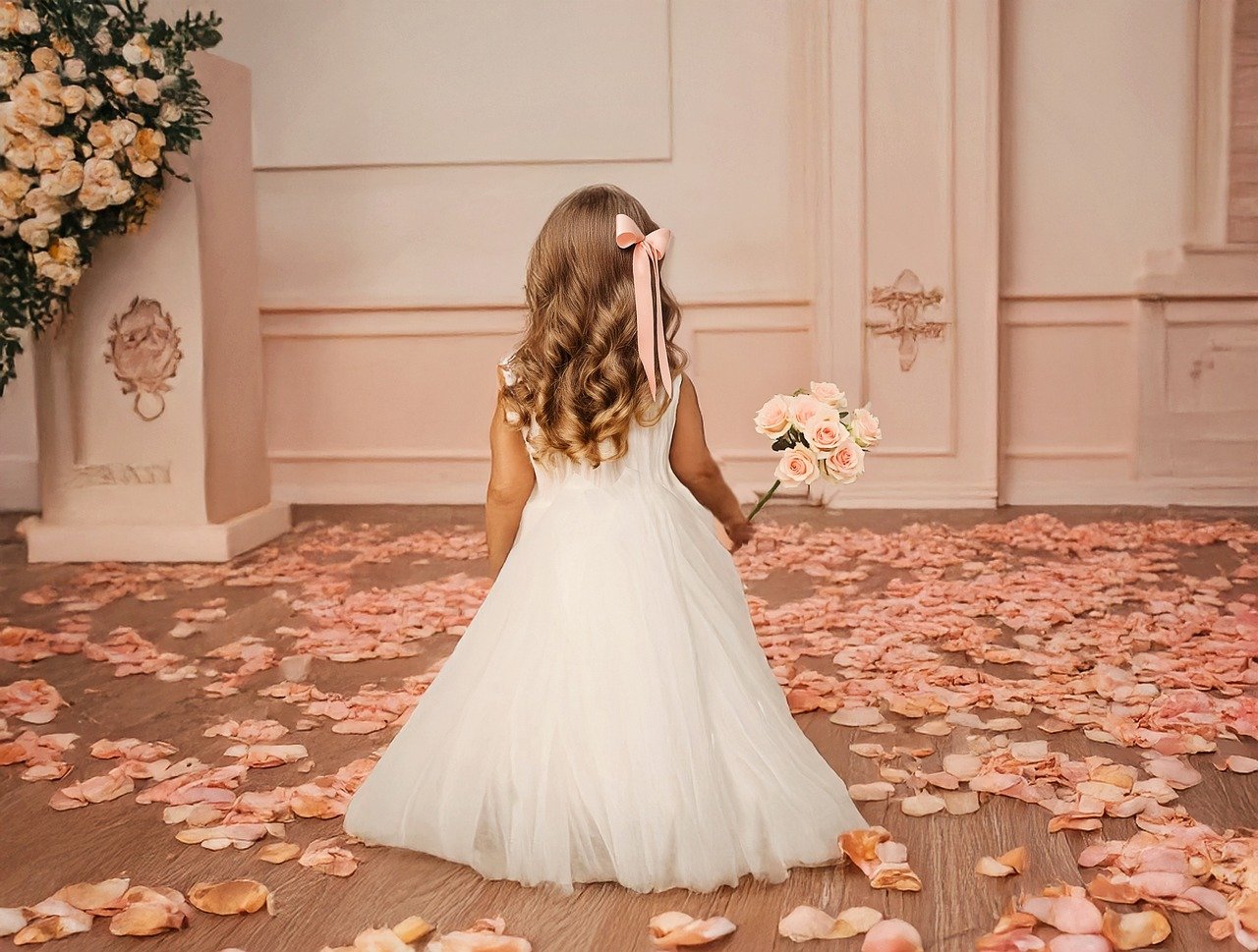
How to Save Money on Your Wedding Flowers
Combine Expensive and Inexpensive Blooms
If you really love premium flowers but want to reduce costs, mix them with cheaper ones. Marina Cole of Velvet Pine Events remembers a couple who interspersed baby’s breath with roses on their reception tables to get a romantic effect without the extravagance.
You can also fill in the gaps with lush greenery or in-season flowers like stock flowers around the statement bloom, whether it’s a garden rose, a peony, or one of your other favorite showstoppers.
Incorporate Non-Floral Décor
Mix it up with votive candles, framed photos or lanterns. These budget-friendly additions add visual depth and allow you to scale back on flowers.
Choose Smaller Vases
Think mini-vases and forage-worthy blooms rather than grand arrangements bursting with flowers. This approach still adds chic, according to celebrity planner Hugo Vance.
Reuse Ceremony Flowers
Repurpose aisle arrangements or altar arches to use at your reception. Adds planner Sophie Glenn of Laurel Row Events: “Use your ceremony florals to decorate the band stage or photo backdrop later in the evening.”
Bridesmaid bouquets can also serve as table adornments — put them in bud vases after the ceremony.
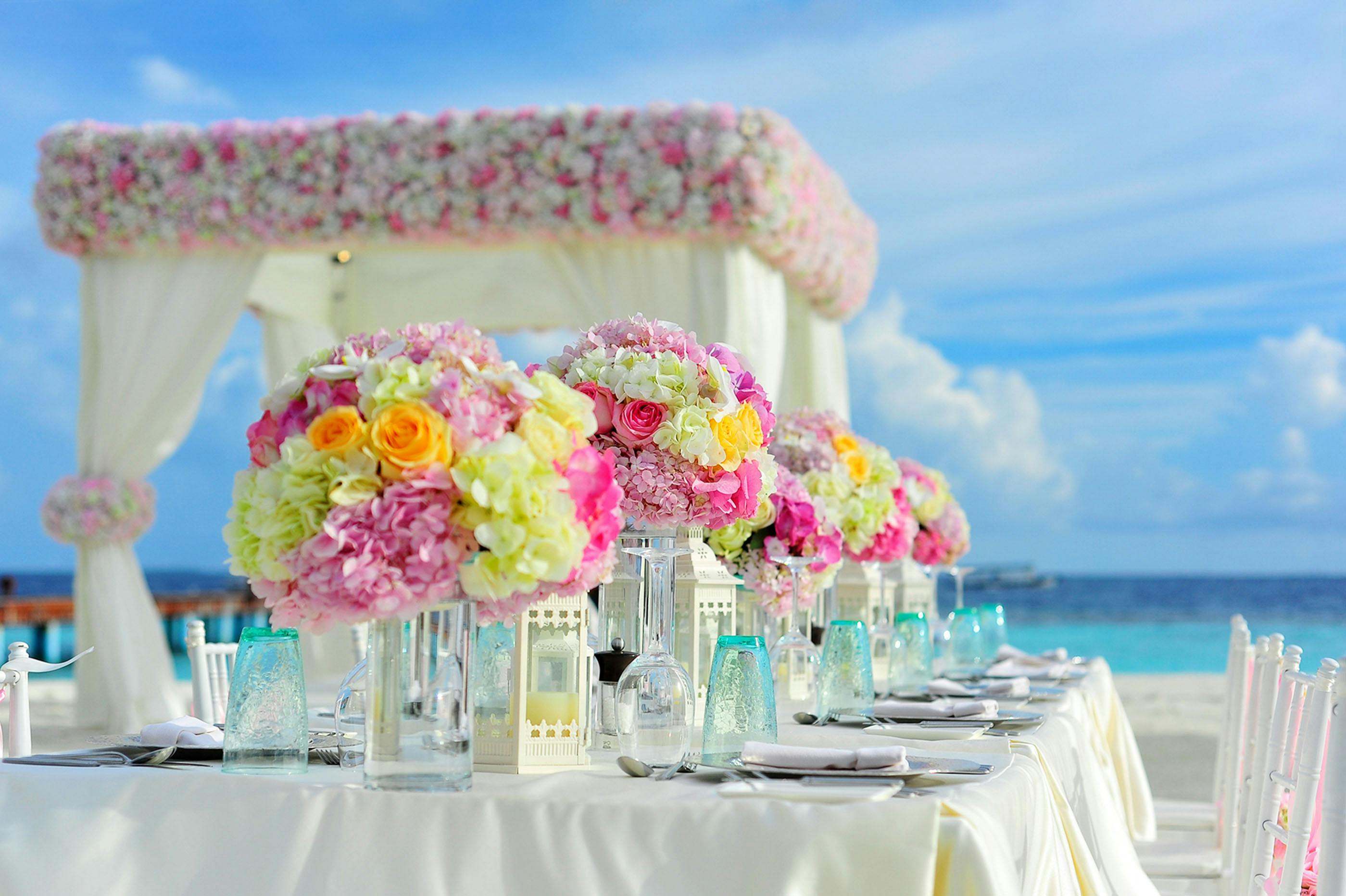
Go Local and Seasonal
Seasonal flowers that have locally been grown are often quite a bit cheaper, and more fresh as well. Spring and early summer weddings, for example, will be cheaper if you use in-season favorites, such as peonies and lilies of the valley.
Focus on High-Impact Blooms
Bigger flowers, dahlias, hydrangeas and ranunculus, provide more volume per stem, enabling you to fill arrangements faster. Dana Ellis, a florist at Field & Feather Design, suggests towering flowering branches, like cherry blossoms, which can make a statement with fewer stems.
Limit Flower Varieties
A limited color palette and only a few types of flowers will make your design’s — and your florist’s — work easier. Bonus: it looks polished and put-together.
Use Potted Plants
For a rustic or boho wedding, potted succulents or terrariums make lovely, low-maintenance centerpieces. Nina Harper of Wisteria Lane Weddings would even encourage you to gift them as guest favors.
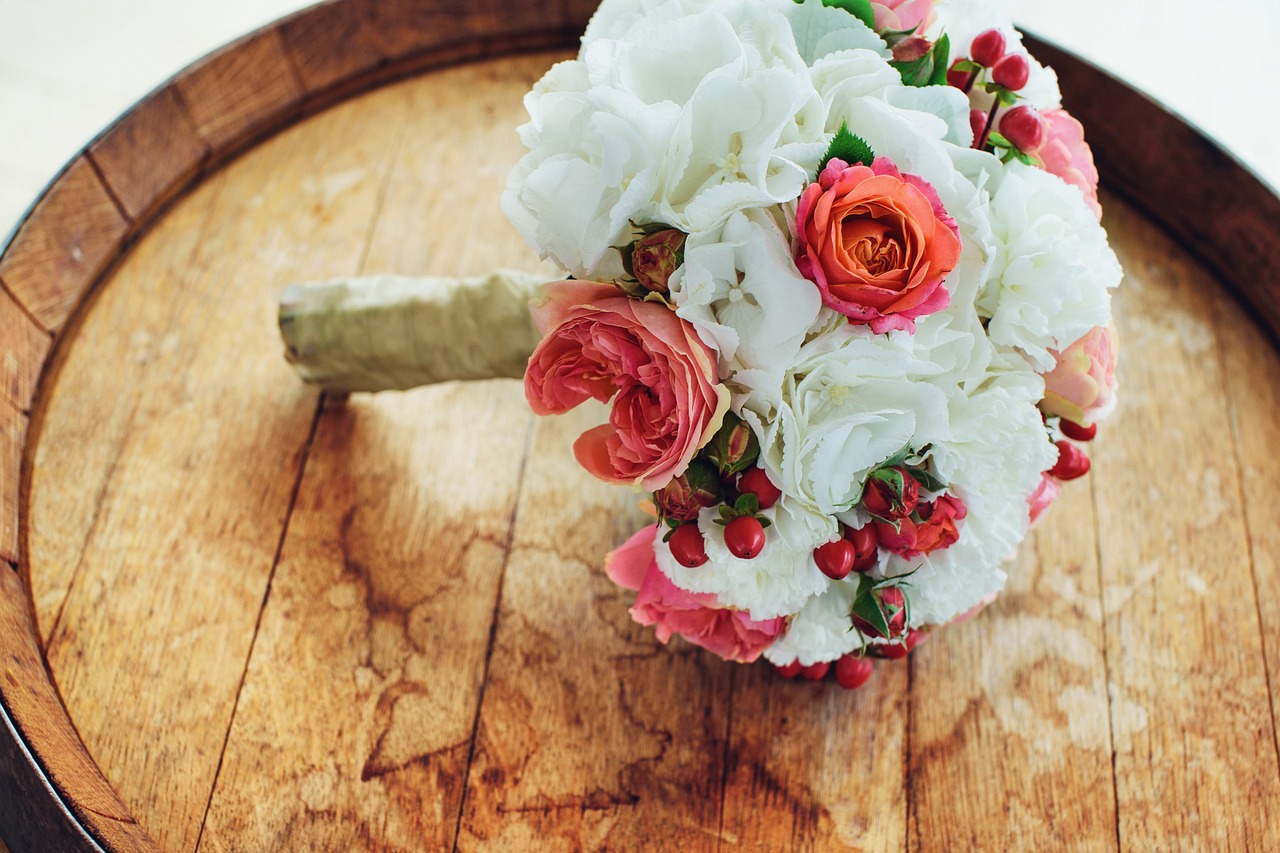
Reserve a Natural Beauty of a Space
If you’re getting married in a botanical garden, vineyard or forest, you already have enough natural beauty around you, so you can dial down your floral budget without losing any otherworldly magic.
Stylize One Focal Arrangement
Rather than wowing with 10-plus elaborate setups, go for one or two statement-making pieces — a floral chandelier, a striking arch, or a sweetheart table installation — and keep everything else sleek and sophisticated.
Trust Your Florist’s Know-How
Floral designers have all kinds of creative ideas that can help make your dollars stretch. Clients who come in with an open mind and end up seeing things they didn’t even know they liked, says planner Krista Calloway of Fern & Thistle Events, who rides this wave to encourage her own couples to broaden their floral horizons.
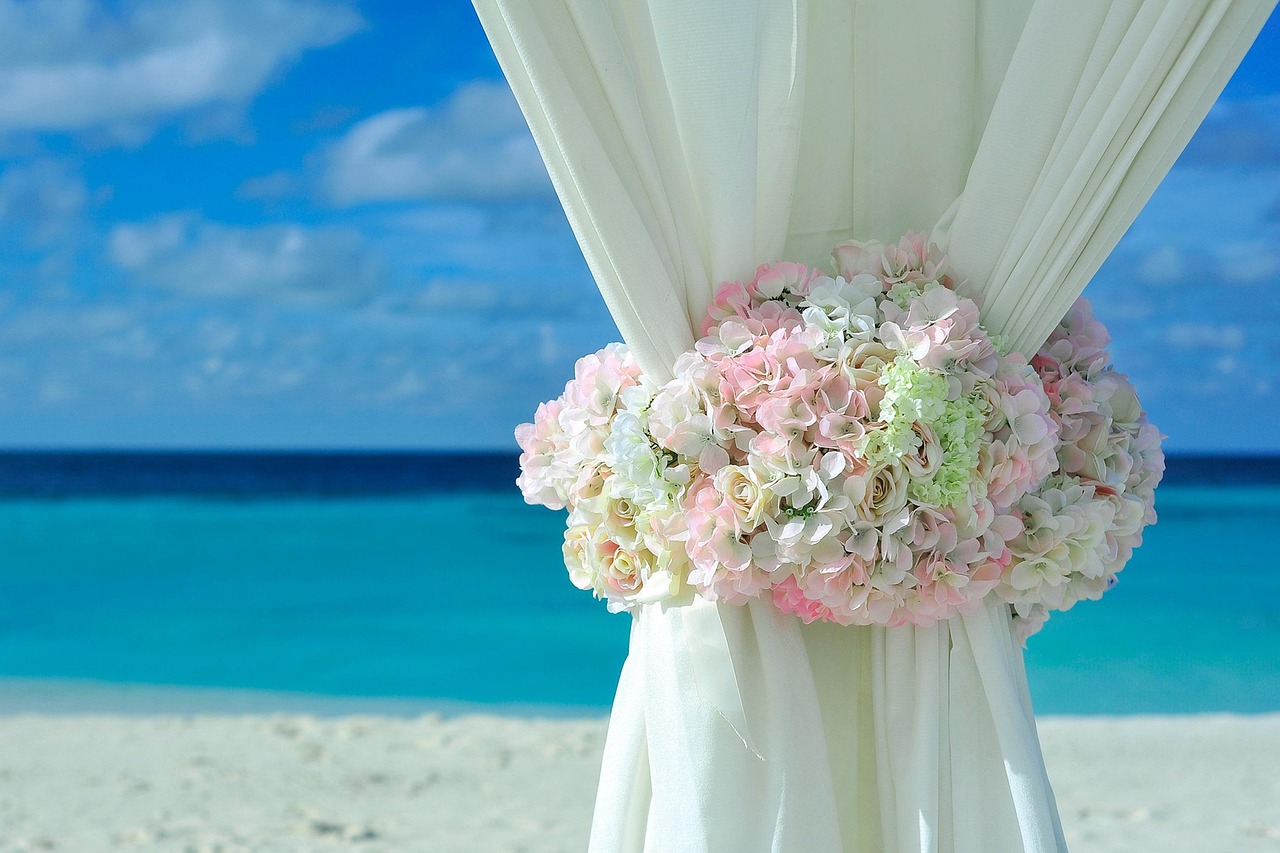
FAQ
Who pays for the flowers at a wedding?
The expenses are traditionally included in the main wedding budget, which is often paid for by the couple or their families. While modern weddings often involve the support of both families.
Who pays for bridesmaids’ bouquets?
These tend to be generally included in the big overall floral budget and so are contained in whoever is paying for the wedding.
Should you tip your florist?
No need to tip, but if you do, that’s extra credit. If you want to express your appreciation, it is customary to tip your florist and their assistants between $50 and $150 each. Consult your contract first, though — some florists factor the gratuity into their costs.
